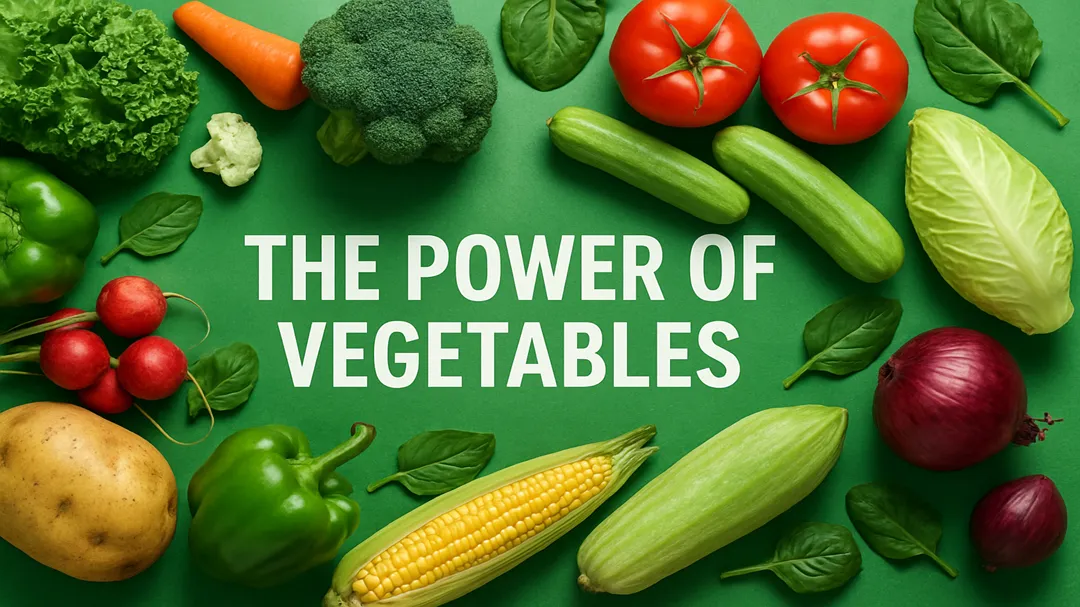Good morning everyone, in this column we will discover together the nutritional power of the most common vegetables, also revealing the most fascinating curiosities. If you are interested in natural medicine or want to learn more, I invite you to follow my Hive profile. That said, let's get started!

image created with canva.com
The leek is a vegetable belonging to the Alliaceae family, closely related to onion, garlic and shallot. Thanks to its delicate and sweet flavor, less pungent than the onion, the leek is highly appreciated in the kitchen and is used in soups, soups, contours and refined dishes.
From a nutritional point of view, the leek is a low calorie food but rich in vitamins and minerals. In particular, it is a good source of vitamin C, which helps to strengthen the immune system and protect cells from oxidative stress. It also contains vitamin K, fundamental for blood coagulation and the health of the bones, and vitamins of group B, important for energy metabolism and the health of the nervous system.
Another strength of the leek is its food fiber content, which promotes intestinal regularity and contributes to the control of cholesterol and blood sugar. The leek also contains essential minerals such as potassium, magnesium and iron, which support muscle functioning, blood pressure and the formation of red blood cells.
From a phytochemical point of view, the leek is rich in sulfur compounds similar to those present in garlic and onion, which have anti -inflammatory, antibacterial and antioxidant properties. These compounds can contribute to protecting the body from infections, inflammation and chronic diseases, as well as promoting cardiovascular health.
Five curiosities on the leek:
The leek is a very ancient vegetable: it was already cultivated in ancient Egypt and used as a food and medical remedy.
Its name derives from the Latin "porrum": and its elongated shape recalls a long sweet onion.
The leek is very digestible: compared to the onion, it is more delicate and also suitable for those with sensitive stomachs or digestive disorders.
It is often associated with the Welsh symbolism: the leek is the national symbol of Wales, where it is said that it was worn by the warriors to stand out during the battles.
It is a seasonal vegetable: the leek is mainly gathered in autumn and winter, and is perfect for hot and comforting dishes during the cold months.
Buongiorno a tutti, in questa rubrica andremo a scoprire insieme il potere nutrizionale delle verdure più diffuse, svelandone anche le curiosità più affascinanti. Se ti interessa la medicina naturale o vuoi approfondire ti invito a seguire il mio profilo Hive. Detto questo, partiamo !

Il porro è una verdura appartenente alla famiglia delle Alliaceae, strettamente imparentata con cipolla, aglio e scalogno. Grazie al suo sapore delicato e dolce, meno pungente rispetto alla cipolla, il porro è molto apprezzato in cucina e viene utilizzato in zuppe, minestre, contorni e piatti raffinati.
Dal punto di vista nutrizionale, il porro è un alimento a basso contenuto calorico ma ricco di vitamine e minerali. In particolare, è una buona fonte di vitamina C, che aiuta a rafforzare il sistema immunitario e a proteggere le cellule dallo stress ossidativo. Contiene anche vitamina K, fondamentale per la coagulazione del sangue e la salute delle ossa, e vitamine del gruppo B, importanti per il metabolismo energetico e la salute del sistema nervoso.
Un altro punto di forza del porro è il suo contenuto di fibra alimentare, che favorisce la regolarità intestinale e contribuisce al controllo del colesterolo e della glicemia. Il porro contiene inoltre minerali essenziali come potassio, magnesio e ferro, che supportano il funzionamento muscolare, la pressione sanguigna e la formazione dei globuli rossi.
Dal punto di vista fitochimico, il porro è ricco di composti solforati simili a quelli presenti in aglio e cipolla, che hanno proprietà antinfiammatorie, antibatteriche e antiossidanti. Questi composti possono contribuire a proteggere il corpo da infezioni, infiammazioni e malattie croniche, oltre a favorire la salute cardiovascolare.
Cinque curiosità sul porro:
Il porro è un ortaggio molto antico: veniva coltivato già nell’antico Egitto e usato come alimento e rimedio medicinale.
Il suo nome deriva dal latino “porrum”: e la sua forma allungata ricorda una lunga cipolla dolce.
Il porro è molto digeribile: rispetto alla cipolla, è più delicato e adatto anche a chi ha stomaci sensibili o disturbi digestivi.
È spesso associato alla simbologia gallese: il porro è il simbolo nazionale del Galles, dove si dice che fosse indossato dai guerrieri per distinguersi durante le battaglie.
È un ortaggio stagionale: il porro si raccoglie principalmente in autunno e inverno, ed è perfetto per piatti caldi e confortanti durante i mesi freddi.
image created with canva.com
Sources - Fonti :
https://www.cure-naturali.it/enciclopedia-naturale/alimentazione/nutrizione/porri-proprieta-valori-nutrizionali-calorie.html
https://www.humanitas.it/enciclopedia/alimenti/verdure-ortaggi-e-tuberi/porro/